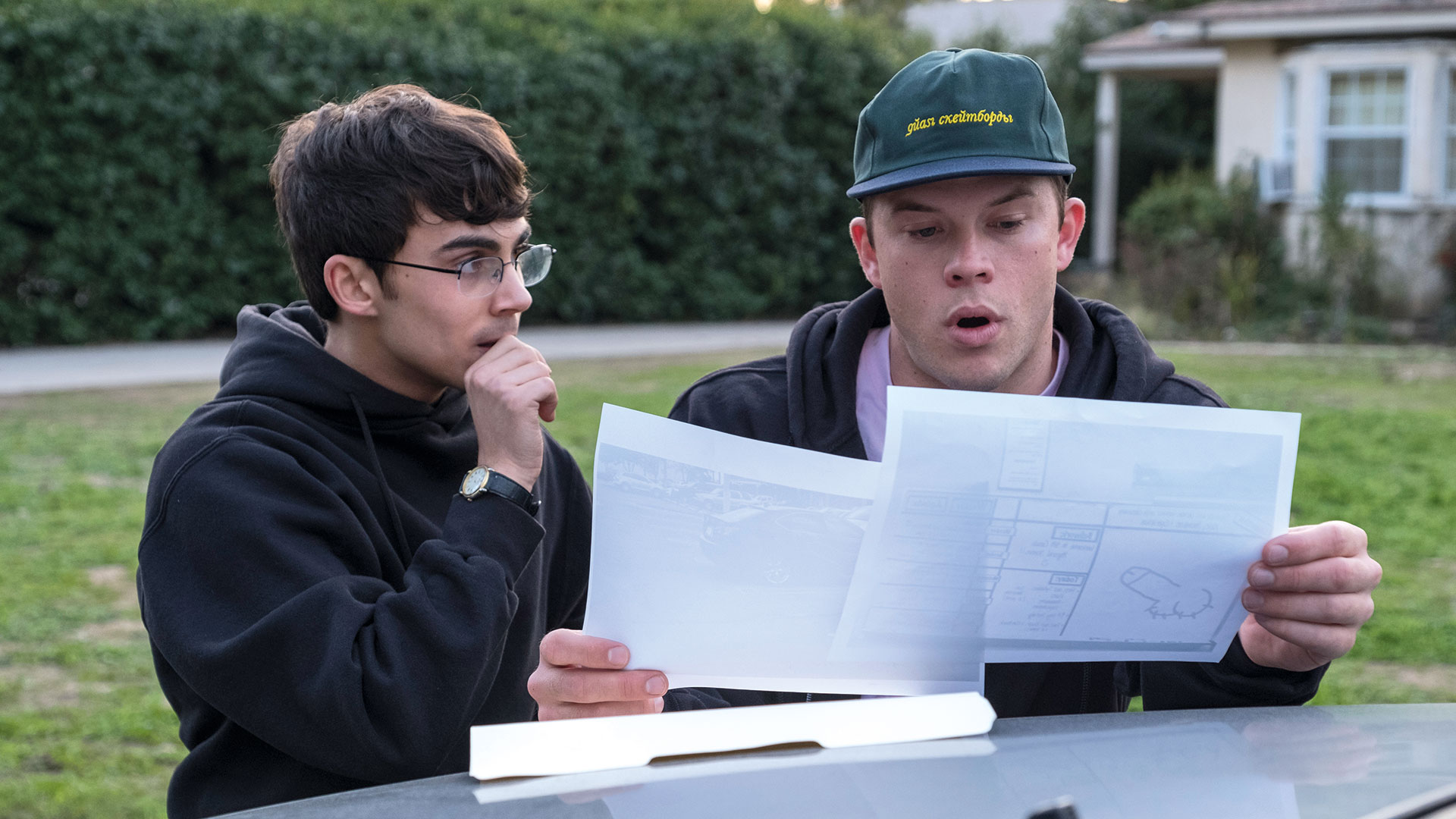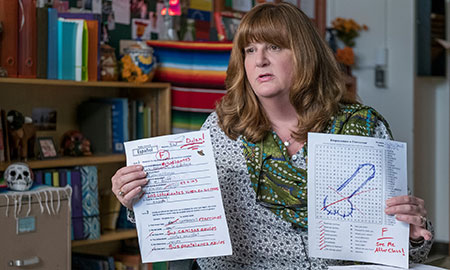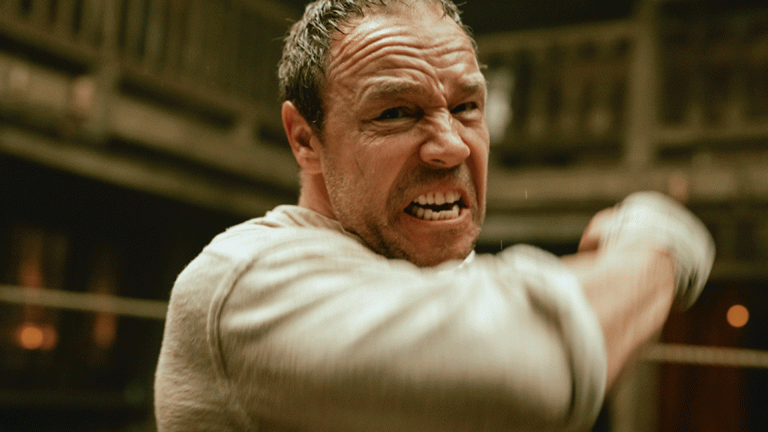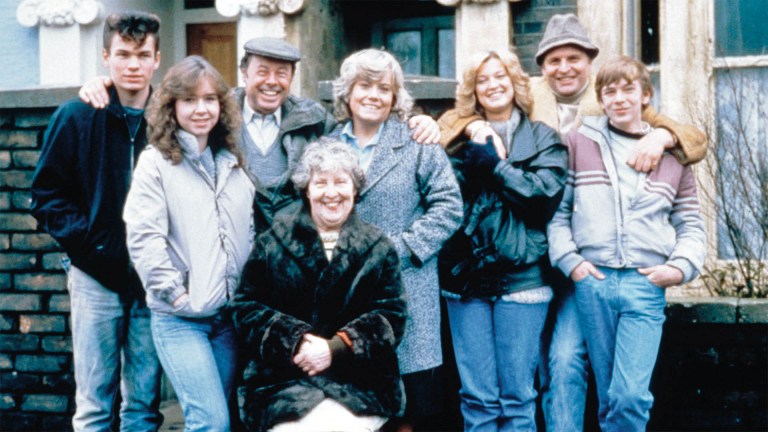Who set fire to our front garden when I was four years old? Who did a crap in the urinal when I was in infants? Who went round flobbing on the inside of all the door handles at my secondary school? Our childhoods are filled with so many myths, legends and mysteries. Mine was no different. Some of the unsolved crimes and misdemeanours that punctuated my youth remain a source of occasional contemplation to this day. Then there are the fanciful stories that you were never quite sure whether to believe. My mate Nev reckons he was having it off with his girlfriend against a tree in Richmond Park when a curious stag crept up and prodded him in the buttock with its antlers. That tale was the stuff of whispered legend when we were 16. But as I’ve got older I started to realise just how far-fetched it sounds. I mean, what would the stag do that for? As encouragement?
Anyway, the point I’m trying to make is that our perception of truth and fantasy – and all the grey areas that exist in between – shifts constantly through our lives. And the tiny episodes of our personal folklore often become recurring conundrums because they’re not really important enough for anyone to investigate with the rigour and determination of Watergate.
American Vandal on Netflix takes an ordinary high-school prank – 27 giant dicks being spraypainted on to the bonnets of every car in the staff parking lot – and gives it the full Making A Murderer treatment.
Dylan Maxwell is a complete burnout, the worst student in the school. His penchant for drawing phallic images in inappropriate public places is well known. A well-respected member of the student body claims to have seen him carrying out the crime. It’s an open-and-shut case. Or is it? Two nerdy and tenacious student filmmakers set about digging deeper: challenging the rush to find a culprit and disputing the superficial assumptions made by their teachers and peers.
Almost an entire episode is given over to the forensic examination of how to draw ball hairs
By the way, this is all fictional: a glorious parody of the true crime documentary genre. Using familiar techniques – fly-on-the-wall footage, stolen phone conversations, even 3D modelled re-enactments – they doggedly examine the facts surrounding not just the central act of vandalism but a series of related high school fables (including one particularly detailed inquest into whether the school dork really did get a hand job off of the prom queen at summer camp).











